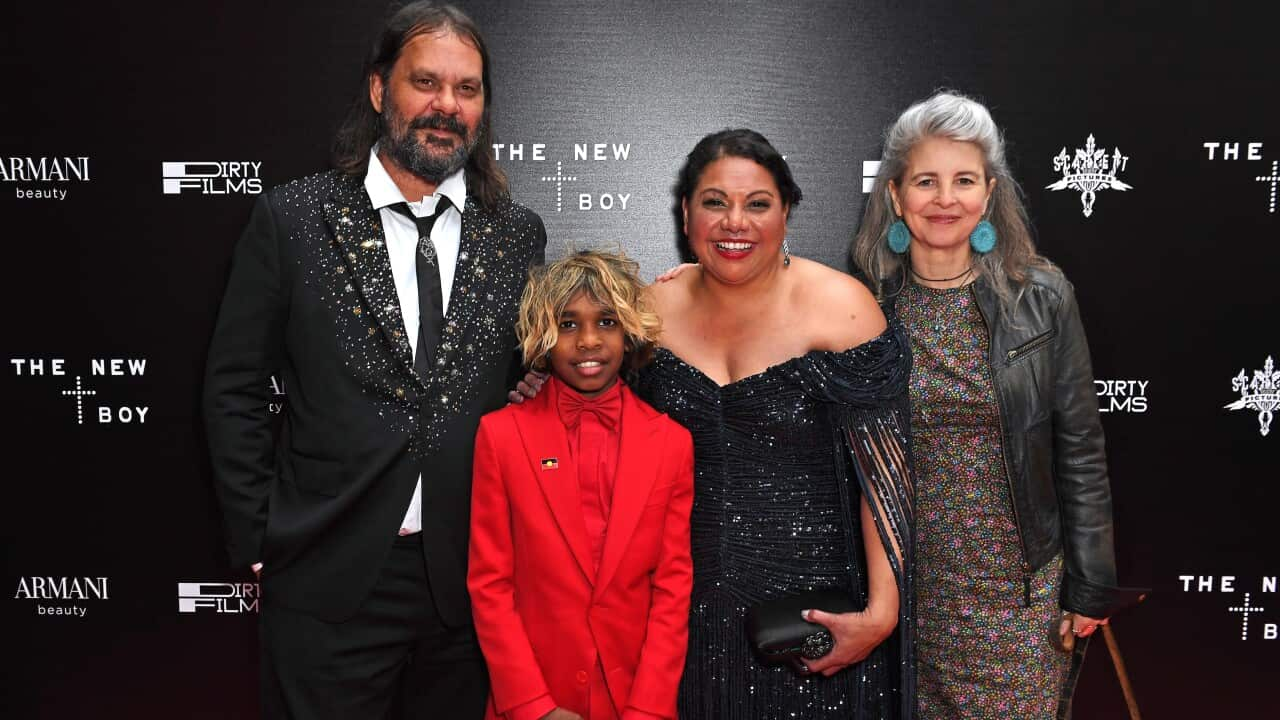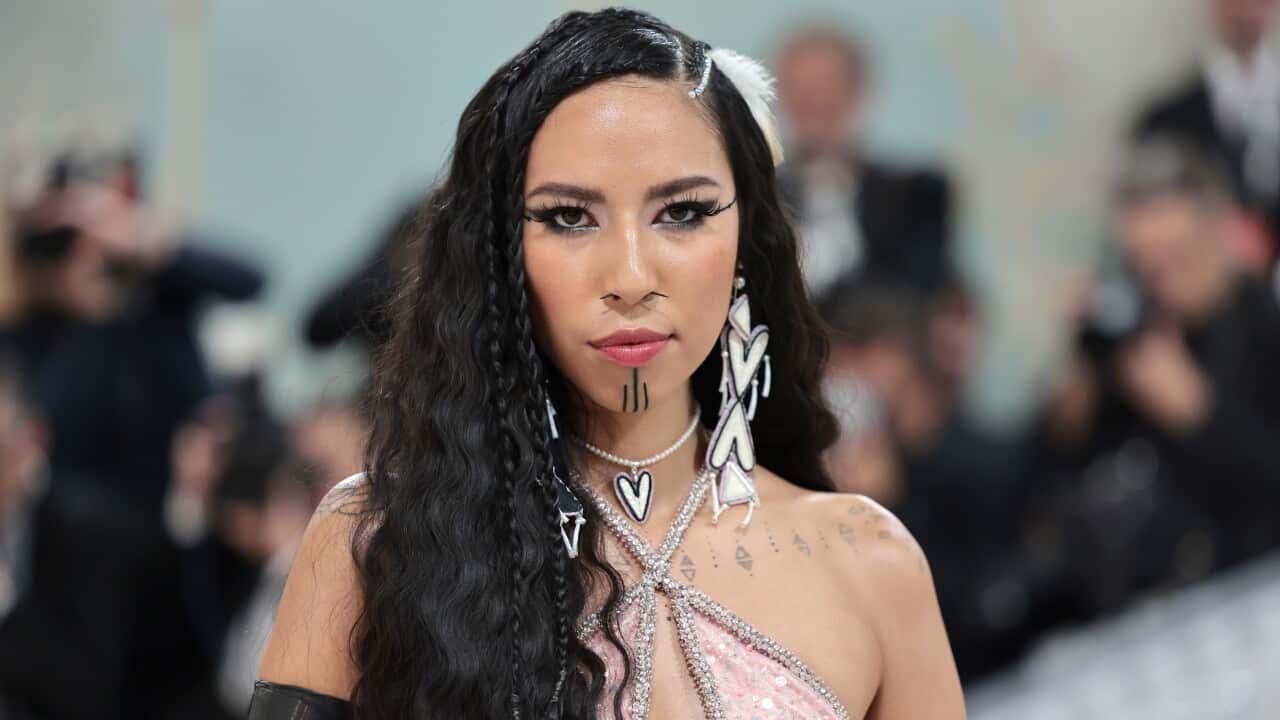At only 11-years-old, Aswan Reid will debut alongside some of the world's most talented in upcoming film The New Boy.
Reid walked the red carpet in Cannes alongside costars, academy award-winning actress Cate Blanchett, The Sapphires Deborah Mailman and Wayne Blair and director Warwick Thornton.
The New Boy, described as a spiritual drama tells the story of a nine-year-old Aboriginal boy (Reid) who arrives at a catholic monastery in the middle of the night.
He's found by Sister Eileen (Blanchett). As time passes mysterious things happen to the boy, which pushes Sister Eileen to question her beliefs.
Reid set to 'become a star'
Speaking to Variety, Thorton said it was a "miracle" finding Reid.
“I was terrified about finding this kid,” he said.
“Who was going to hold this movie for me? The heart and soul of the film.
“When we found Aswan — which was a miracle . . . We’re very excited to introduce Aswan Reid, who undoubtedly is going to become a star in the new golden age of Australia cinema.”

Cate Blanchett and Aswan Reid in the film 'New Boy' Credit: Ben King Photographer
"We could not have made this film without Aswan. It was an enormous technical and physical feat, he's in every frame of the film," she said.
"He has so much discipline and so much curiosity."
Written from anger
The New Boy is written and directed by Thornton, who's previous work includes iconic 2009 film Samson and Delilah.
In an interview at the Cannes Film Festival, Thorton explained anger as the main motivation to write the film - but wasn't what made it.
"I wrote it as a child, and directed it as a grumpy old man," he said.
"You should never write angry, you should light the spark with anger, get warm and use the light to see.
"Don't use anger to get through your life."

(R-L) Cate Blanchett, Lorenzo De Maio, Deborah Mailman, Aswan Reid, Wayne Blair, Coco Francini, Andrew Upton and Warwick Thornton attend the "The Zone Of Interest" red carpet during the 76th annual Cannes film festival. Credit: Marc Piasecki/FilmMagic
"There was so much love infused into the shooting, and the genuine attempts of the nuns to facilitate and not destroy the boys," she said.
"You look at a nun holding an Indigenous boy and you think 'oh no' . . . Warwick as a filmmaker, and a person, really tries to subvert those expectations and I think the film really does that."
The production was filmed in South Australia, with major funding from Screen Australia's First Nations Department.




